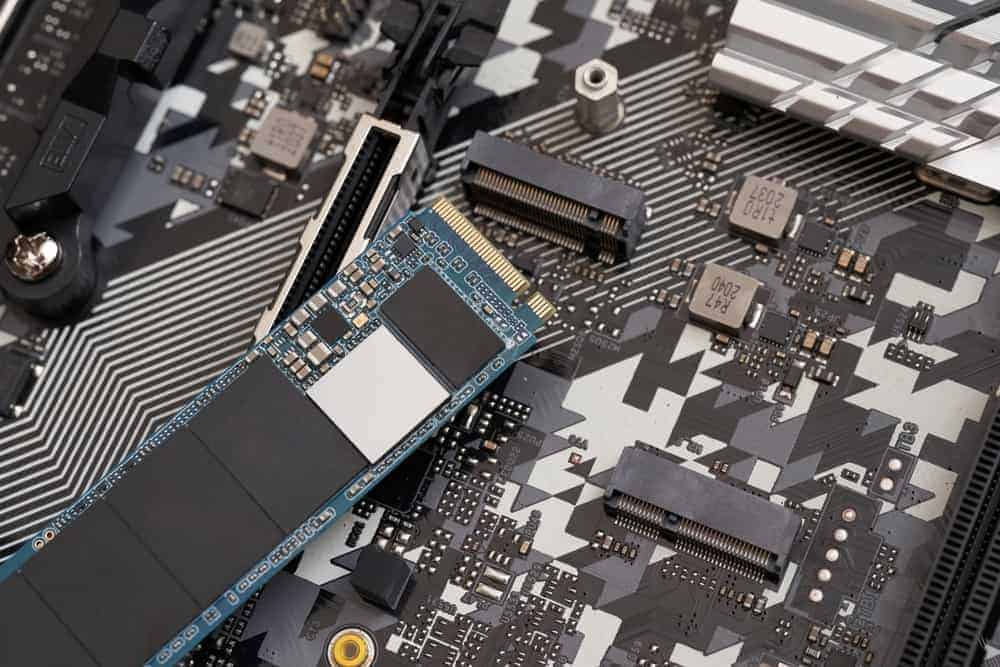
Semiconductors are essential for today’s electronics and manufacturing. However, fabrication can prove challenging. As semiconductor demand increases and chip size decreases, precision has become a critical concern in semiconductor production.
The industry has responded with diverse specifications, establishing standards to ensure high-quality semiconductor manufacturing. SEMI is one such standard program that aims to increase semiconductor manufacturing efficiencies. Let’s take a closer look at SEMI standards and specifications while exploring the role of orbital welding in meeting these standards.
What Are SEMI Standards?
SEMI standards set guidelines for basic semiconductor design and manufacturing processes worldwide. Established by Semiconductor Equipment and Materials International (SEMI) and in partnership with other regulatory organizations like ASTM and DIN, SEMI standards highlight the material use, manufacturing, safety, and communication protocols that must be addressed across semiconductor fabs.
Health and Safety
The safety standards, SEMI S1 to SEMI S30, cover health and safety recommendations for handling the following:
- Semiconductor manufacturing equipment
- Heating and ventilation systems
- Liquid and chemical processing
- Other flammable compounds.
The standards also focus on subjects like worker safety and ergonomics, emphasizing the need for safety labels and user documentation.
Facilities Interface
SEMI standards for facilities interface, such as the SEMI F1, F4, F5, F6, E16, E17, E51, and E129 guidelines, help ensure the timely, high-quality, and cost-effective installation of semiconductors within a facility. The standards also define metrics to assess asset utilization, cost, and production for all levels of a facility’s semiconductor manufacturing process.
Materials
The SEMI materials standards cover a range of specifications related to the procurement and supply of wafers made out of gallium arsenide/antimonide and other compound materials for semiconductor manufacturing. The list of related standards includes SEMI M9, M14, M19, M23, M36, M54, M55, M65, M75, M81, M83, and M86 (and may also include testing, preparation, and material use specifications).
SEMI Standards and the Role of Orbital Welding
Semiconductor fabrication requires precise temperature control during the manufacturing process where cooling fluid is delivered from a high-purity fluid piping system. SEMI standards provide guidelines on welding these fluid distribution systems that often include cooling tubes, piping, fittings, and components. SEMI F78 recommends GTAW for welding stainless steel or other CRAs in the fluid distribution system. SEMI F81 provides guidelines for inspecting and qualifying welds.
Producing optimal welds can depend on the precision and control offered by the GTAW process. The advantages of using orbital GTAW include:
- Controlled heat input to help minimize distortion when welding thin tubes
- Excellent shielding from GTAW during welding to minimize oxidation of the weld beads
- The ability to create welds in a single pass with accurate arc and voltage control with closed auto weld heads
- Water coolers to monitor the flow rate of pure water and coolant temperature to prevent weld heads from overheating
- Remote monitoring capabilities to reduce a welder’s exposure to toxic gas and chemicals.
With the precision, speed, and efficiency that orbital welding provides, semiconductor facilities are better able to meet SEMI standards.
Achieving Quality With SEMI Standards and Orbital Welding
SEMI standards are consensus-driven guidelines developed by experts to help semiconductor manufacturers meet quality and efficiency requirements. And with the optimal material, process, and quality controls in place, manufacturers can more easily meet these standards when welding fluid distribution tubes and piping systems in semiconductor manufacturing.
Orbital welding components—including AMI’s Model 9 series closed weld heads, Model M317-CW cooling units, M317 remote pendants, and Model 217/317 power supply systems— can control welding inputs to achieve the clean and precise welds that semiconductor manufacturing demands. With an orbital welding process, semiconductor manufacturers can meet SEMI standards and achieve their performance and productivity goals.
Arc Machines, Inc. has produced high-quality orbital welding equipment for decades. Our precision weld heads, power supplies, and cooling units enable precision welding for highly detailed semiconductor welding applications. For inquiries regarding products, contact sales@arcmachines.com. For service inquiries, contact service@arcmachines.com. Arc Machines welcomes the opportunity to discuss your specific needs. Contact us to arrange a meeting and discuss how we can help you achieve SEMI standards specifications.




